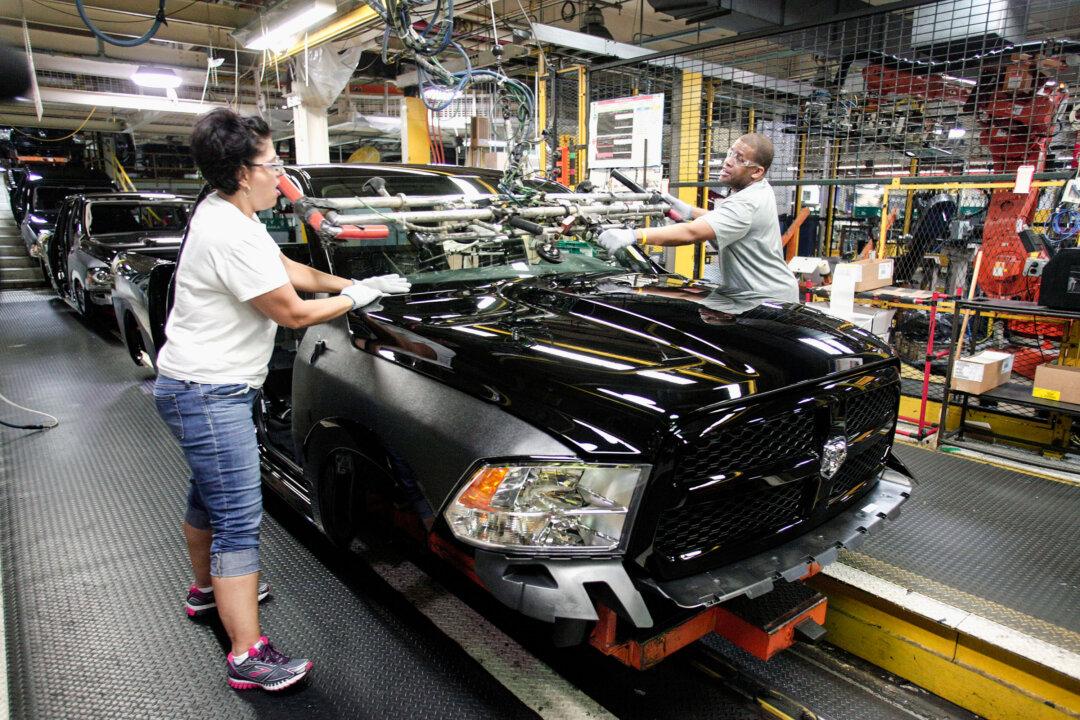Stellantis, the global automaker behind brands such as Jeep, Dodge, and Chrysler, announced on Sept. 11 a $406 million investment in three Michigan manufacturing facilities as part of a strategy to diversify its vehicle lineup.
The company’s Sterling Heights Assembly Plant in suburban Detroit will become the first U.S. plant in the company’s portfolio to build a fully electric vehicle, with the Ram 1500 REV—a battery-electric light-duty truck—slated for production starting later this year.





